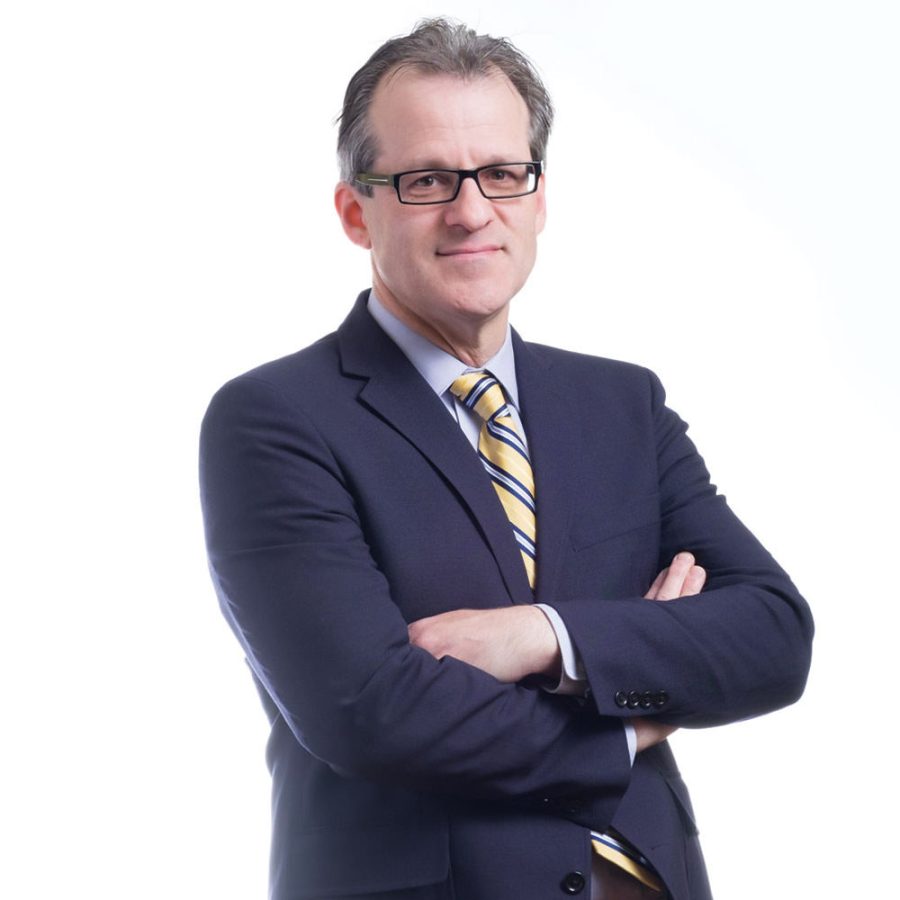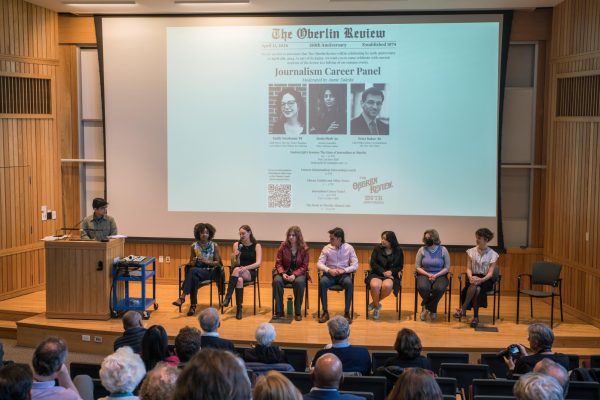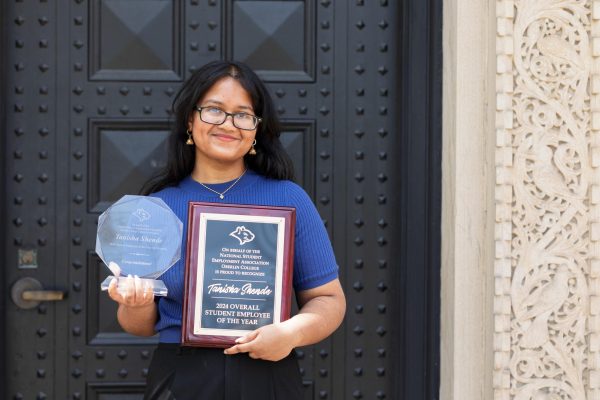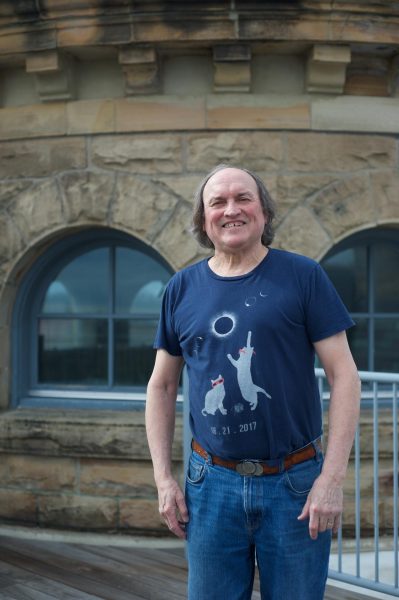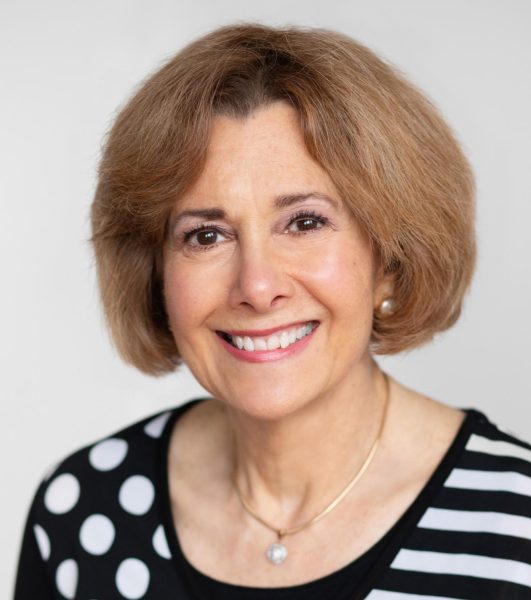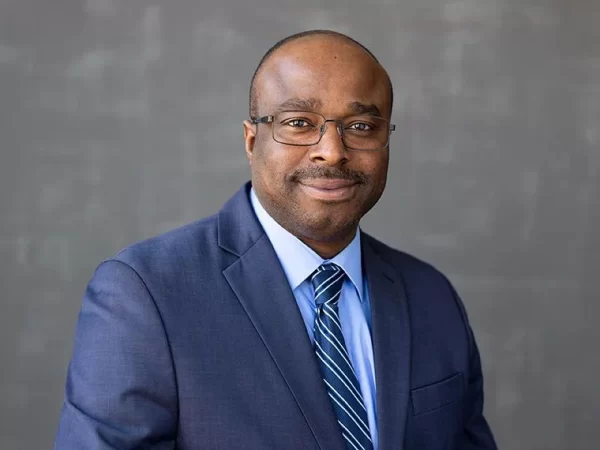University of Toronto Professor John Berkman Gives Mead-Swing Lecture on First Nations Land Claims in Canada
Courtesy of University of Toronto
John Berkman
On Thursday, Professor of Moral Theology at the University of Toronto John Berkman gave a talk in King Building titled “First Nations Land Claims in Canada: Religious and Political Factors.” This lecture was part of the Mead-Swing Lecture Series and covered some of the impediments to reconciliation between Indigenous peoples of southern Canada and the Canadian government, particularly the role religion has played in the conflict.
This interview was conducted prior to the lecture and has been edited for length and clarity.
Can you talk a little bit about what you will cover in your lecture?
I’ll begin with one example of a dispute over land in southwestern Ontario, just north of Lake Erie. It is a conflict and a protest that has been going on in the last couple of years. I’ll try to give an account of how that has come to be historically, going right back to when the original treaties were made, when and why this particular land grant was given to the six nations, then how it has come to be that they now only possess 5 percent of the land that was acknowledged to be theirs by the British government 200 years ago. I think one of the key things that keeps there from being an adequate resolution is fundamentally incompatible understandings of land: its significance, its status, its theological import — or lack thereof. We cannot hope for a proper resolution until the Canadian government understands the way these particular groups of First Nations peoples understand the land.
Could you tell me more about how the Canadian government could alter its approach or policy to come to a better resolution?
I think they need to recognize the significance of the theological beliefs of many of these First Nations groups. Their fundamental views theologically are about the importance of the land, whereas governments tend to see the land almost purely in economic terms. This is why there’s constantly an effort to say, “Well, we might not give you this piece of land, but we’ll give you another piece of land that’s equally valuable.” Or, “We’ll give you all this money, which is what it might cost you to buy this land.” It just misses the point.
How did you become involved with the land rights debate?
Well, my college is a Jesuit college. It’s had very long-standing historical interests in First Nations peoples and in trying to right the injustices done to them. I’d thought about this issue off and on, and then I was given the opportunity last year to be on sabbatical and think about questions about land and land rights. I decided that I really wanted to take up this question more in detail.
For Oberlin students who attend your lecture, how can this topic be applied to the United States or our thinking about these issues?
The conflicts that were going on that I’ll talk about were also conflicts that were going on around Oberlin — in Pennsylvania and Ohio. In fact, the Ohio River on the eastern border of Ohio was where the First Nations wanted a border when they were trying to make treaties with the young American state. Although they were willing to make some small treaties, they wouldn’t make any overarching treaty with a whole group of various nations of Indigenous people. What went on at that time and since in Canada has also been replicated in the U.S. in analogously relevant ways. I hope that we’ll better be able to see the nature of the historical injustices done and how those continue today.
Can you tell me about some of your other work?
The work I’ve been really focused on for the last few years has to do with a very famous philosopher, Elizabeth Anscombe. She was one of the great 20th-century philosophers whose work was driven by concerns over certain injustices. What really got her started on it was in the mid-’50s, when Oxford University wanted to give an honorary degree to Harry Truman. She thought she should object to this because of Truman’s act of dropping the atomic bombs, which killed hundreds of thousands of people, including tens of thousands of women and children, elderly, and disabled people who had nothing to do with the war, and yet they were just vaporized in seconds.
She thought, obviously lots of people do evil and you can’t object to everyone, but Truman was so closely associated in most people’s minds with this action. He was so notorious for it, and he continued to publicly laud what he had done — although various biographies show that behind the scenes, he clearly wasn’t so happy about what he had done, but he would never admit that. So Anscombe started a protest against his getting this degree, which almost nobody went along with. She got all these criticisms, and she continued to argue about this great injustice of killing innocent people. This issue led her to think about how you distinguish between say, legitimate killing in war versus what is just murder.
This, of course, is relevant now when we read about these atrocities in Ukraine and we start talking about war crimes. Not every killing of a soldier is a war crime, but this killing — torturing — of civilians, women, and children, is. So she spent an awful lot of time trying to help us understand how we ought to distinguish between what could constitute legitimate killing versus what is simply murder, which for her was the intentional killing of innocent persons.
Interestingly, her work on this in the ’50s and early ’60s became very influential for the U.S. and British militaries. For example, recently when the U.S. mistakenly sent a drone and blew up a site, and it turned out not to be terrorists but in fact innocent persons, they not only acknowledged their wrongdoing but tried to pay some reparations for that wrong. Now, of course there’s no adequate reparation for killing innocent people, but that recognition by a government that it did wrong and it tried to do something more than just symbolic to right that wrong is a huge change in attitude and action that you see so rarely. This move by most Western militaries to really try to target only legitimate military targets and not bomb civilians has become very much standard among many militaries. It’s clearly not the standard with Russia’s more or less indiscriminate artillery fire, which is hitting hospitals, schools, all kinds of non-military targets. But I think Anscombe’s work helped many of us in Western society to recognize this and to realize we can’t do what Truman did. We can’t simply drop bombs on innocent people as a way to conduct war. So I’ve been working on a number of essays on her and am moving toward a biography of her early life.


